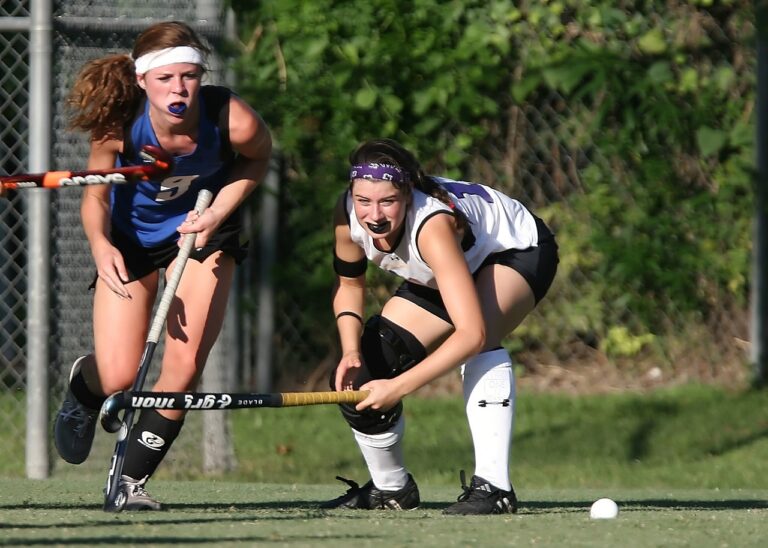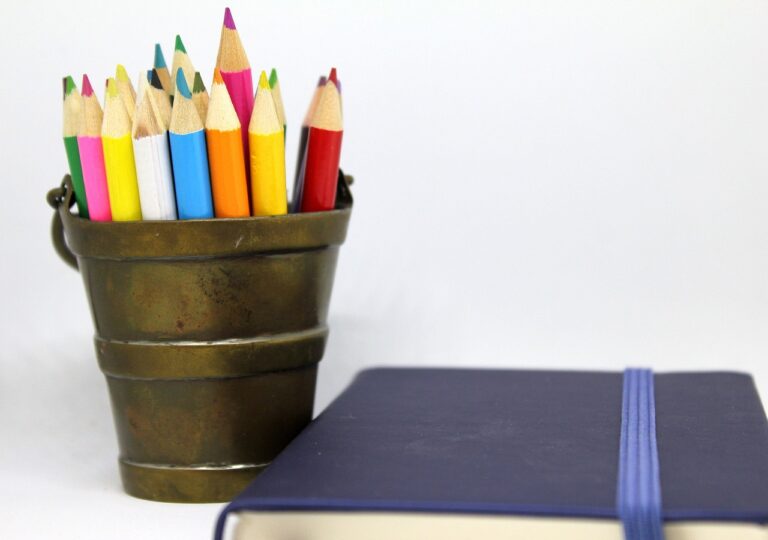DIY Educational Toy Design Challenges for Students: All panel.com sign up, Lotus 365 book, Betbook 247.com login
all panel.com sign up, lotus 365 book, betbook 247.com login: Are you a student looking to flex your creative muscles and learn through hands-on experience? Designing DIY educational toys can be a fun and rewarding project that challenges your problem-solving skills and stimulates your creativity. In this article, we will explore some design challenges for students looking to create their own educational toys.
1. Understanding the Educational Objective
Before diving into the design process, it’s essential to identify the educational objective of the toy. What concepts or skills do you want the toy to teach? Whether it’s math, science, language, or motor skills, defining the learning outcomes will guide your design decisions.
2. Budget Constraints
Designing on a budget can be a significant challenge, but it can also spark creativity. Consider using recycled materials or inexpensive items from a dollar store to keep costs low. This constraint will force you to think outside the box and find innovative solutions.
3. Age Appropriateness
Make sure to consider the age of the intended user when designing your educational toy. The complexity of the toy, the materials used, and the safety precautions vary depending on the age group. Tailoring the design to the age of the child will ensure that the toy is engaging and safe.
4. Incorporating Hands-On Learning
One of the benefits of DIY educational toys is the opportunity for hands-on learning. Design challenges that involve interactive elements, puzzles, or building components will engage students and enhance their understanding of the educational concepts.
5. Promoting Creativity and Imagination
Encouraging creativity and imagination in toy design can be a fun challenge for students. Consider adding customizable elements or open-ended play opportunities that allow children to explore and express their creativity.
6. Testing and Iteration
Once you have designed your educational toy, don’t forget to test it with your target audience children! Observing how they interact with the toy, their level of engagement, and any challenges they face will help you refine and improve your design through iteration.
7. Emphasizing Sustainability
Designing sustainable educational toys can be a compelling challenge for students. Consider using eco-friendly materials, designing toys that promote recycling or upcycling, or incorporating elements that teach children about environmental conservation.
8. Creating Multisensory Experiences
To enhance the learning experience, consider incorporating multisensory elements into your educational toy design. Stimulating different senses such as sight, touch, and sound can improve engagement and retention of educational concepts.
9. Implementing Technology
Integrating technology into educational toy design can be a cutting-edge challenge for students. Whether it’s incorporating coding, robotics, or interactive apps, technology-enhanced toys can provide a unique learning experience.
FAQs
Q: How can I come up with ideas for DIY educational toy designs?
A: Start by brainstorming concepts that interest you or align with educational goals. Research existing educational toys for inspiration and think about what aspects you could improve or innovate upon.
Q: What are some essential considerations when designing educational toys?
A: Age appropriateness, learning objectives, safety, and engagement are crucial considerations in designing educational toys. Tailoring the design to the needs and preferences of the target audience is key.
Q: How can I test the effectiveness of my educational toy design?
A: Observing children using the toy, seeking feedback from educators or parents, and conducting focus group testing can help determine the effectiveness and usability of your educational toy design.
In conclusion, designing DIY educational toys presents a unique opportunity for students to combine creativity, problem-solving, and learning in a hands-on project. By embracing design challenges that prioritize educational objectives, engagement, sustainability, and innovation, students can create meaningful and impactful educational toys that inspire curiosity and growth. So, grab your materials, unleash your creativity, and start designing your own educational toy today!







